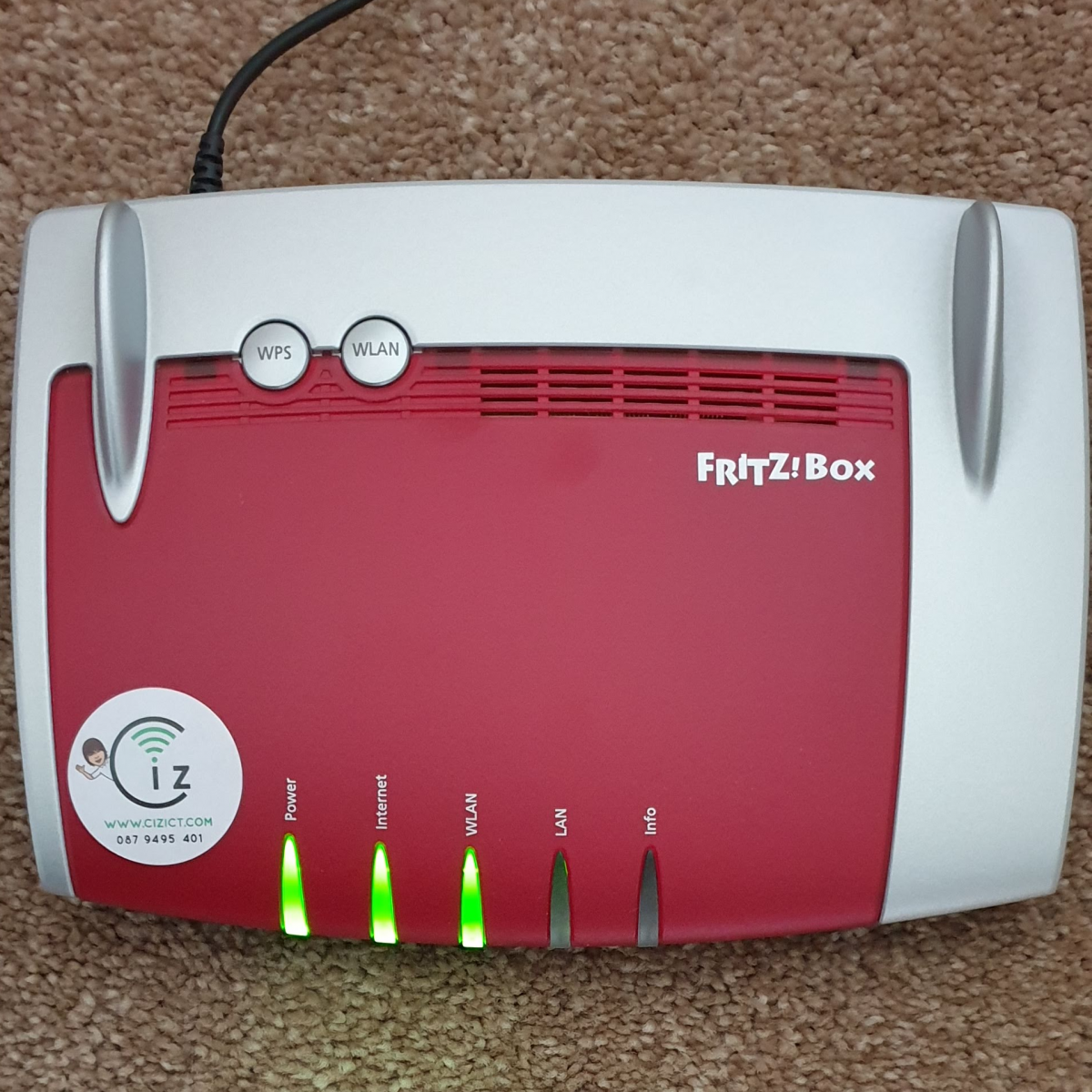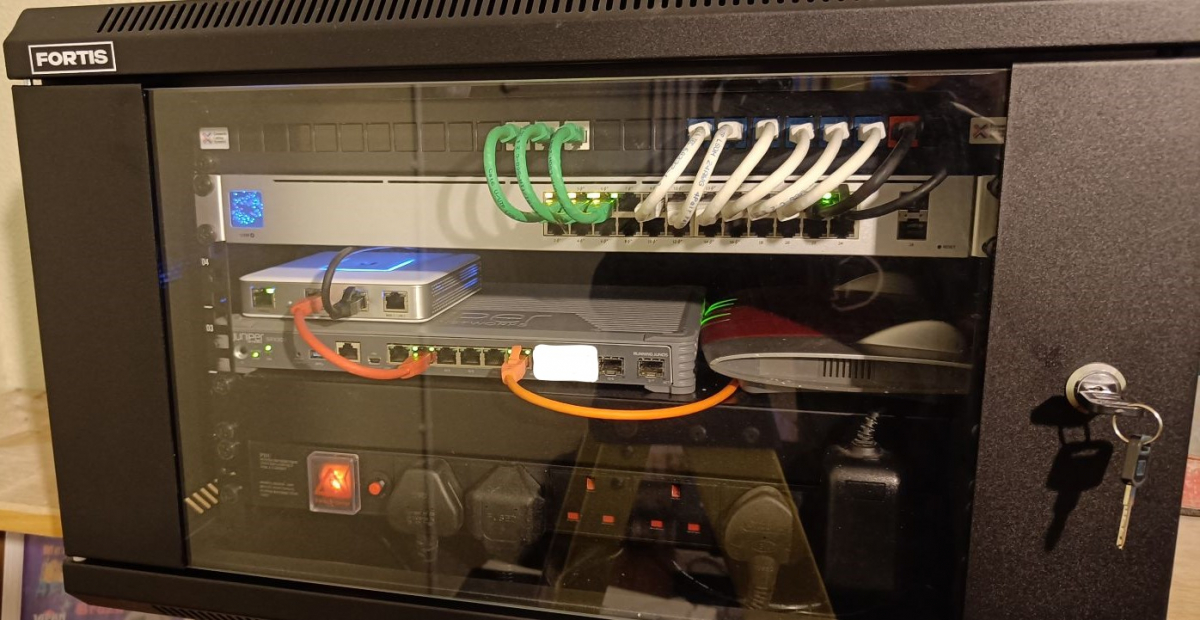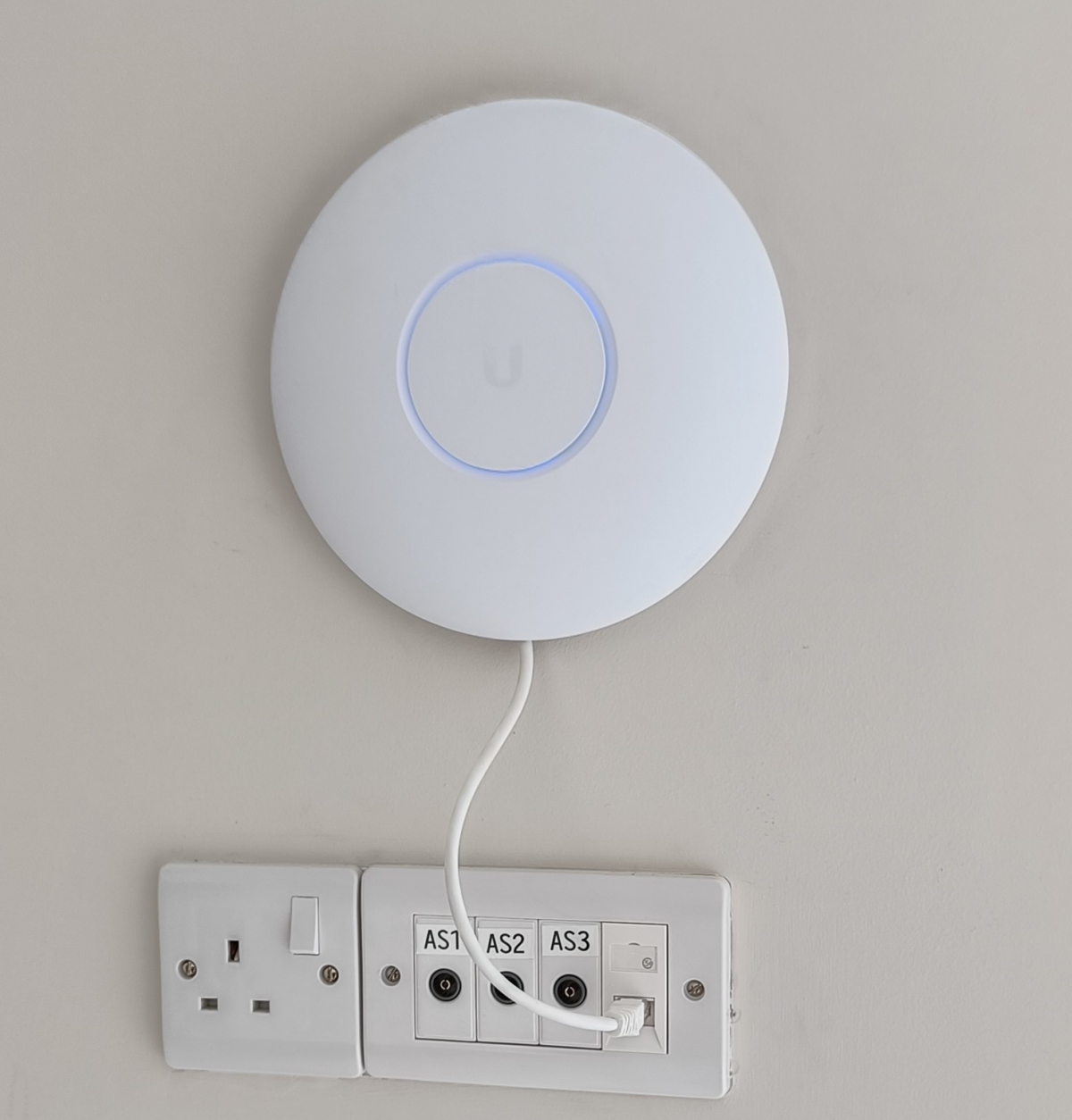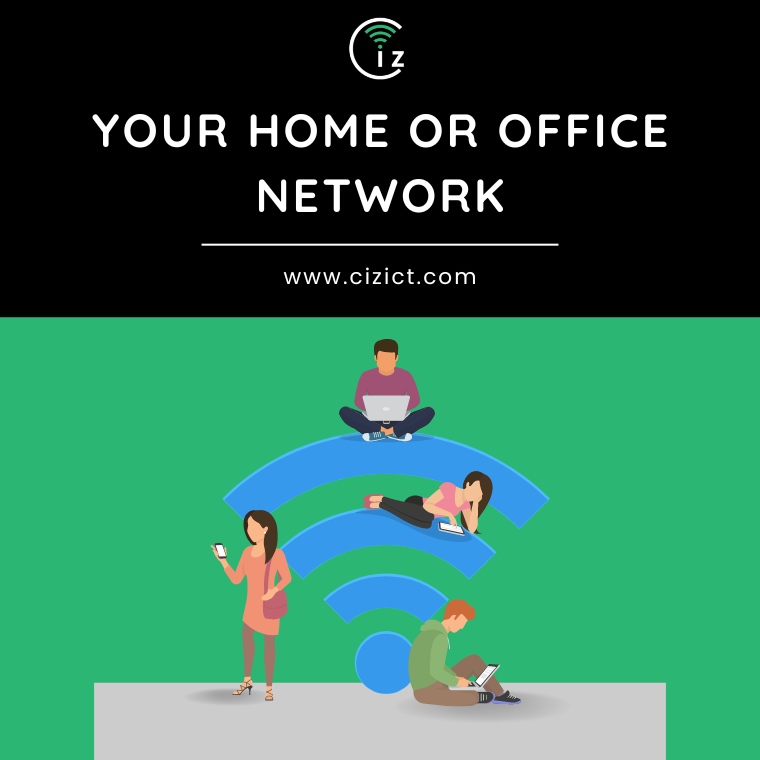Recap: The Internet, the Web, and Connecting to the Internet
What is the Internet?
If we look back at our first blog post, we noted that the internet is a global network of computers and servers that are connected to each other. The internet is a massive network of networks, consisting of millions of interconnected devices such as computers, routers, switches, servers, and other hardware. These devices are interconnected by a vast web of cables, fibre optics, satellites, and wireless connections.
What is the Web?
The Internet cannot be accessed directly, instead, it requires an appropriate protocol to connect to the Internet’s numerous parts. The World Wide Web (WWW or 'The Web' for short) is an example of one protocol that allows a user to access the internet. Email is another protocol. The Web is made up of billions of web pages, images, videos, and other types of digital content. These resources are stored on servers all around the world, and they can be accessed by anyone with an internet connection. In short, if the internet is the roads and highways, the web contains the destinations along the way.
Connecting to the Internet
As we noted in the second part of this series, there are a number of ways that you can connect to the internet. This includes fibre, mobile broadband, and satellite amongst others. But this only gets the internet 'to the door'. Now we are going to look at how we share or distribute the internet around the building - whether that is your home or office.
Equipment Required to Connect to the Internet
First, let us look at some of the equipment required to connect to the internet...
Modem
A modem is a device that connects your home or business to the internet. It receives data from your internet service provider (ISP) and converts it into a format that your devices can understand. This is necessary because the data that is sent over the internet is transferred in a different format than what most devices can understand.
Router
A router is a device that creates a network in your home or business. It allows multiple devices to connect to the internet through a single internet connection. Routers typically connect to your modem through an Ethernet cable.
How does a router work? The router assigns IP addresses to each device on the network and routes traffic between devices and the internet. This means that the router is responsible for directing information to the appropriate device on the network.
Some routers include additional features such as firewalls, parental controls, and Quality of Service (QoS) settings. Firewalls protect your network from unauthorised access, while parental controls allow you to restrict access to certain websites or types of content. QoS settings allow you to prioritize certain types of traffic, such as video or voice, to ensure that they receive enough bandwidth for optimal performance.
Many routers are wireless - they allow your devices to connect wirelessly to the internet. This is achieved through the power of WiFi which we shall discuss in more detail shortly.

Combined Modem/Routers
These days, it is common to find products that combine both a modem and a router into one package. The biggest advantage is convenience - it is not always necessary to have a separate modem and router.
Creating a Network: Wired vs. Wireless
Wired and wireless home networks differ in the equipment required, challenges faced, and suitability for different situations.

Wired Networks
A wired network uses Ethernet cables to connect devices to a central hub or router. This type of network is generally faster and more dependable than wireless networks. It is ideal for situations where a lot of data needs to be transferred quickly and reliably, such as streaming content such as video, downloading/uploading large files, or playing online games.
However, setting up a wired network can be more challenging than a wireless network. It requires running cables throughout the building, which can be time-consuming and difficult, particularly if the building is old, or has a number of storeys.
Wireless Networks (WiFi networks)
WiFi is short for wireless fidelity and is the radio signal that is sent wirelessly from a router. This makes them ideal for locations where putting in new wiring isn't practical or is cost-prohibitive. In the home or office, WiFi allows us to perform two main functions:
- WiFi allows you to connect your computer, smartphone, or other WiFi-enabled device wirelessly to the Internet. This technology allows users to do things such as browse the web, stream video, and connect with others online from their laptops, smartphones, and other WiFi-enabled devices.
- WiFi also allows computers, smartphones, printers, and other devices to connect to each other without cables. A good example of this is wireless printing. If you have a WiFi-enabled printer on the same network as a device such as a mobile phone or PC, you can print a document from your device without the need to plug that device into your printer.
So, to recap, a wireless network uses wireless signals to connect devices to a central hub or router. This type of network is generally easy to set up and is convenient, as devices can be connected without the need for cables. It is ideal for situations where mobility and flexibility are important, such as in homes with multiple floors or in situations where devices need to be moved frequently.
Disadvantages of WiFi
Installing WiFi in a home can be a great convenience, but it also comes with its own set of challenges. One of the primary challenges is ensuring that the signal is strong and consistent throughout the building.
Careful consideration should be given to a router's placement; it is important to keep in mind that the signal from a WiFi router can be obstructed by walls, floors, and other physical barriers. Ideally, the router should be placed in a central location that is free from obstructions and has a clear line of sight to all areas of the house where WiFi access is desired.
As we don't all live and work in open-planned buildings, it may be necessary to use additional equipment such as range extenders or access points to ensure that the signal is strong enough to reach all areas of the house. We shall look at this in more detail next.
Sharing the Internet around your Home or Office
So, you've set up your wireless network, but you are finding that there are black spots. Perhaps your children are experiencing slowdown or a loss of connection in their room while diligently completing their homework, or you are struggling to share the internet from your router to your home office.
For these kinds of problems, there are solutions at hand. These include WiFi extenders, Wireless Access Points, and Mesh networks. We shall now look at the differences and advantages of each solution in turn.
WiFi Extenders
WiFi Extenders are also known as plug-in 'extenders', 'repeaters', or 'boosters'. The clue here is in the name - WiFi extenders take the WiFi signal from your primary router and repeat or extend it. They can be plugged into a power socket and should be positioned on the edges of the signal produced by your primary router. Cheap and easy to install and configure, WiFi extenders provide a convenient solution that can work reasonably well for desktop PCs and wireless printers.
They are not without their disadvantages though. The time required to repeat the WiFi signal from the main router does impact bandwidth and latency. Or, to put it more simply, the internet speed from a plug-in booster/extender can take a significant hit. Another potential problem is that WiFi extenders often create a separate network. So, if you are moving from one room to another with your mobile device, you may need to switch networks to get the optimum speed to your device. Also, Extenders are not as dependable as other solutions that are available - they can struggle when having to manage a number of connections. In addition, over time, Extenders may start to drop packets (or data) as which may lead to intermittent dropouts in the user's connection.
Overall, WiFi Extenders are a convenient solution for extending WiFi coverage, but, if you require as much speed as possible, or if there will be a number of connections, then they may not be the best solution. For these reasons, WiFi Extenders are not an appropriate solution for an office.
Wireless Access Points (WAP)

A Wireless Access Point (WAP), also known as an Access Point, is a device that enables WiFi-enabled devices like phones and tablets to connect to a wired network. An Access Point connects to a wired router, switch, or hub through an Ethernet cable and broadcasts a WiFi signal to a specific area, such as a conference room in a hotel or a remote location in an office or school.
Compared to an Extender, an Access Point differs in that it connects to a router via an Ethernet cable. An Extender, on the other hand, expands the reach of an existing WiFi network by wirelessly connecting to a WiFi router. To work effectively, an Extender should be positioned in an area where the WiFi router's signal is already strong.
While Extenders can be effective for some home WiFi networks, they are not appropriate for businesses because they can only support a limited number of devices at a time. As more devices are connected, the Extender's connection speed slows down. Access Points, on the other hand, can handle a large number of devices simultaneously. By installing Access Points throughout a business, users can move freely between locations without losing their connection. Furthermore, unlike Extenders, a user's device will seamlessly switch between access points without any interruption.
Mesh Networks
A mesh WiFi network is a type of wireless network that uses multiple interconnected Access Points to provide WiFi coverage throughout a building or home. These access points work together to form a single, seamless network, allowing devices to move from one access point to another without losing their connection.
If set up correctly, a mesh network should provide a seamless experience meaning that you can move from one location to another without needing to switch between different networks to get the best coverage. In addition, they perform much better than plug-in extenders.
However, Mesh networks can be expensive and can be a little more complicated to configure and install.
Conclusion
In conclusion, creating a home or office network requires some basic equipment such as a modem and router. While wired networks may be faster and more reliable, wireless networks offer greater mobility and flexibility. However, careful consideration should be given to the placement of routers, and additional equipment such as access points or mesh networks may be necessary to ensure reliable coverage throughout the building. With a little bit of knowledge and effort, anyone can create a home or office network that enables them to connect to the internet and each other with ease.
If you need help with sharing your internet around your home or office, please feel free to contact us to discuss how we can help improve your internet coverage.
FAQ's
What is the difference between broadband and WiFi for my home?
Broadband refers to a fast internet connection that is delivered to your home or office either via cable, satellite, or mobile network. WiFi, on the other hand, uses radio waves to connect your device to a router wirelessly. This router is connected to a broadband connection.
What does Latency mean?
Latency refers to the amount of time it takes for data to be transmitted from one point to another over a network. In the case of WiFi and the internet, latency can be affected by a number of factors, such as distance from the router, network congestion, and the quality of the connection. High latency can result in slow download and upload speeds, as well as lag and buffering during activities such as video streaming and online gaming.
What does Bandwidth mean?
Bandwidth refers to the maximum amount of data that can be transmitted over a network in a given amount of time. In the case of WiFi and the Internet, bandwidth can be affected by a number of factors, such as the type of connection, the number of devices connected to the network, and the amount of data being transmitted. Higher bandwidth generally means faster download and upload speeds, which can improve the performance of activities such as video streaming and online gaming.



